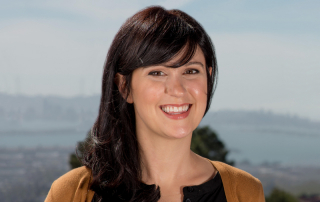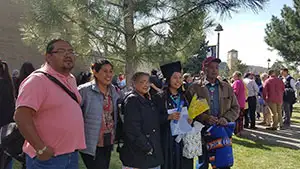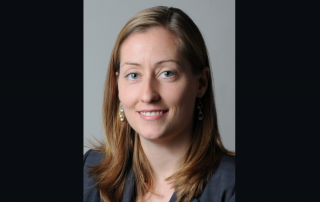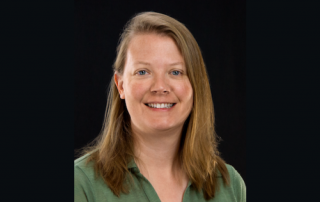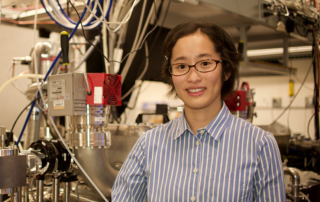Congrats to Mary Scott for Being a 2020 Women @ The Lab Honoree
The Berkeley Lab Women Scientists & Engineers Council has announced that Foundry Staff Mary Scott and Liana Klivansky are part of the 2020 cohort of Women @ The Lab 2020 honorees. Congratulations to the honorees for their meritorious professional contributions, leadership, mentorship, and outreach.
This celebration highlights Berkeley Lab women and their success stories – scientists, engineers, and operations staff who are working to change the world for the better. By promoting the achievements of these 15 brilliant women, we hope to continue to inspire a new generation of women to enter the STEM workforce, where their participation could lead to important breakthroughs.
